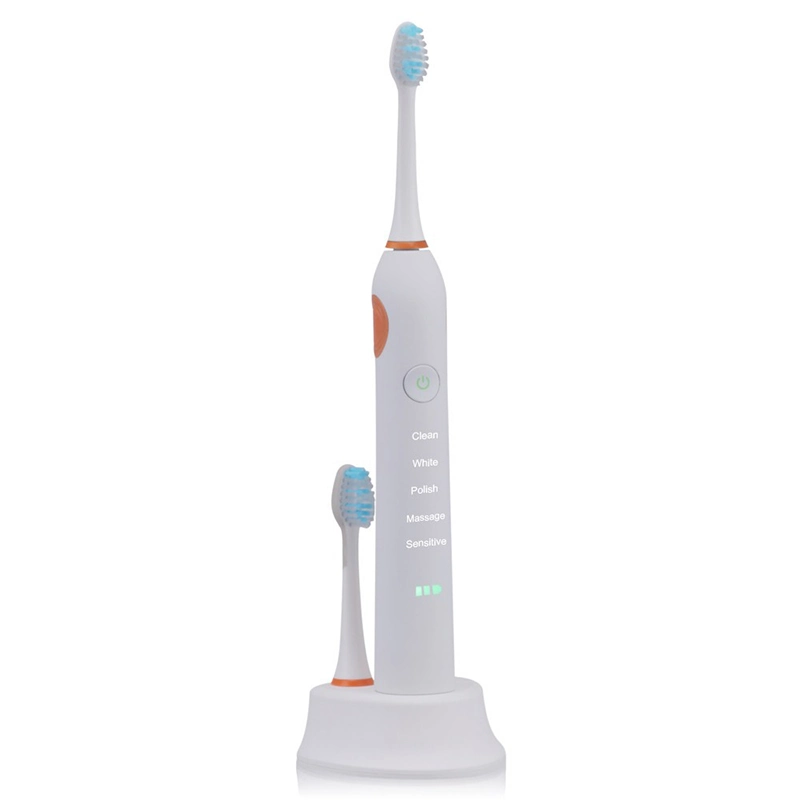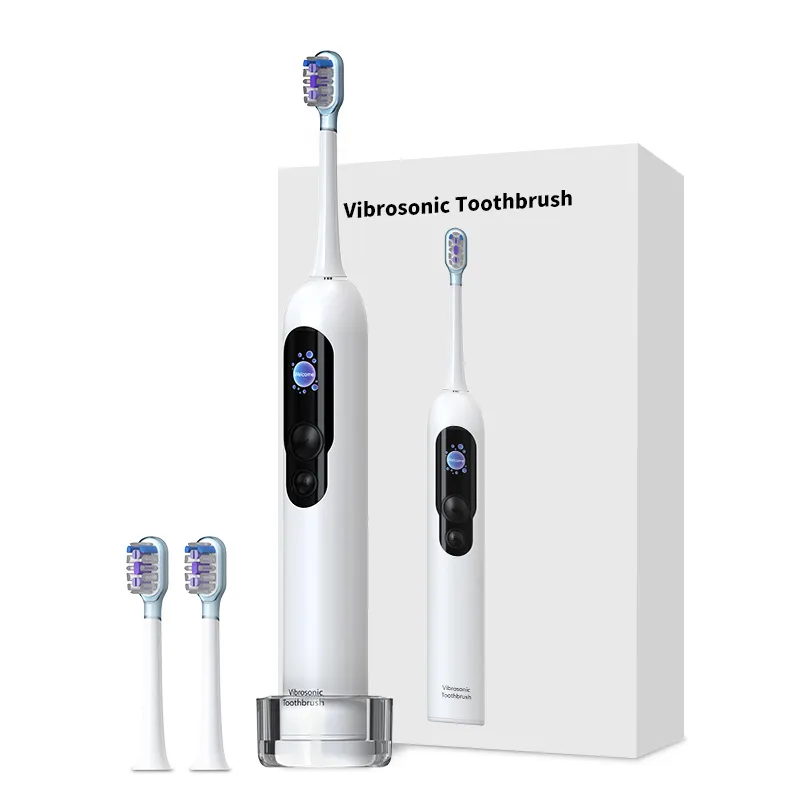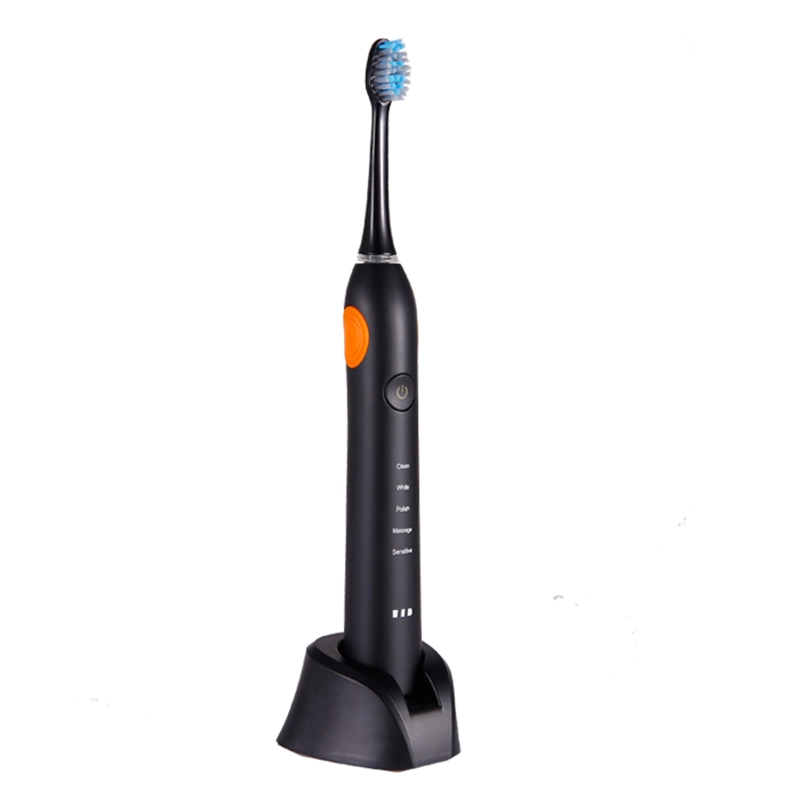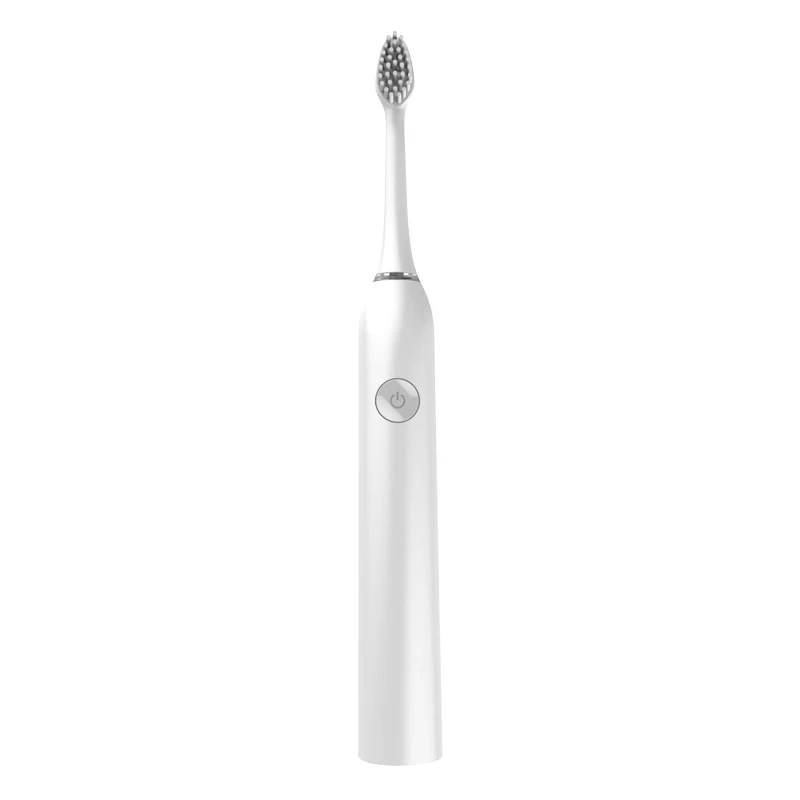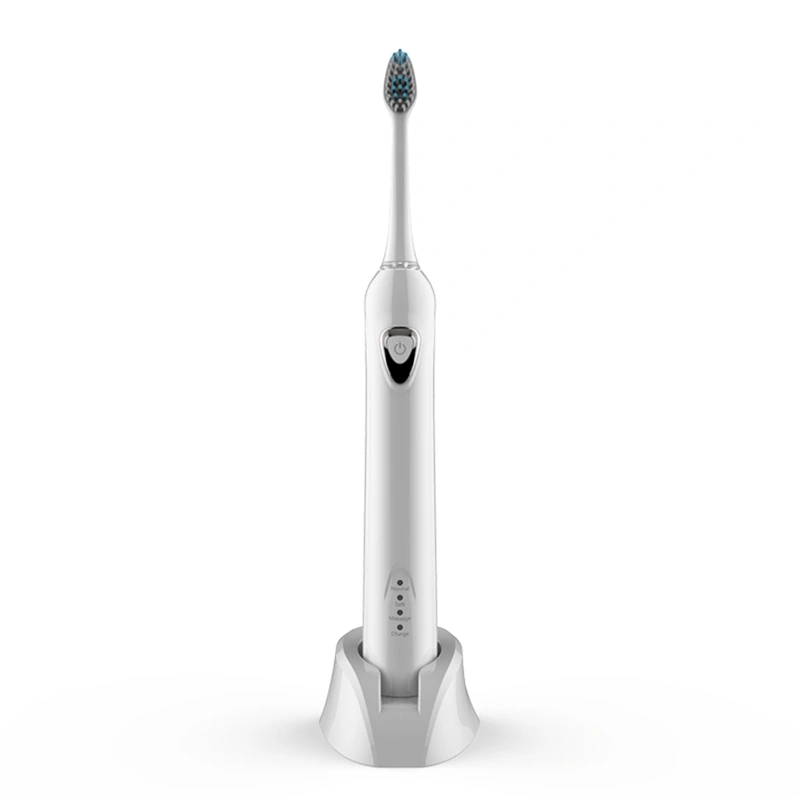What you should know about oral irrigator! Test, information and experiences
What is an oral irrigator?
Healthy gums, fresh breath and flawless, white teeth - perfectly cared-for teeth look attractive and personable. Unfortunately, teeth and the oral cavity are very vulnerable. Whether bacteria, food residues, discoloration or other impurities - optimal oral hygiene requires more than daily brushing of your teeth. The first step is taken after investing in an electric toothbrush.
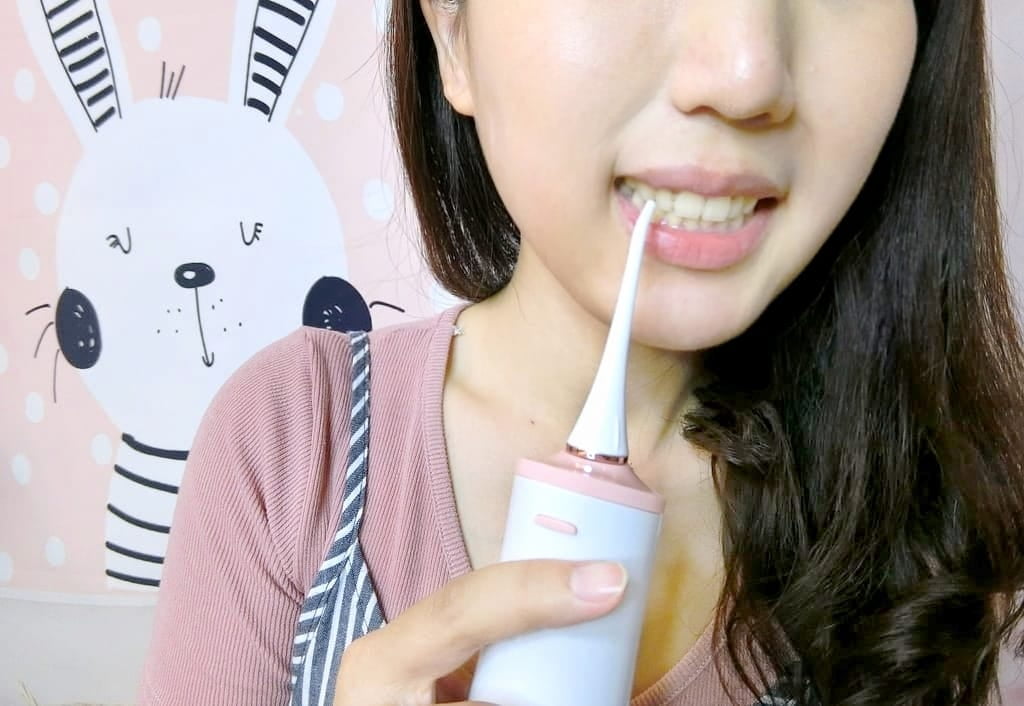
Because: The cleaning result of a good rotary, sonic or ultrasonic toothbrush is clearly superior to that of an ordinary manual toothbrush. An even more thorough result can be achieved with the help of an oral irrigator, which can be considered a useful addition to the toothbrush. The interdental spaces and the gum margins in particular benefit from the use of an oral irrigator, because an oral irrigator reaches places that even the best toothbrushes can hardly reach.
Dental floss and interdental brushes vs. oral irrigators - what's the difference?
Dental floss is traditionally used to remove food particles, plaque and bacteria from the spaces between the teeth. A proven alternative is interdental brushes, which, like dental floss, are available in every drugstore. The triangular bristles of the brushes pass through the spaces between the teeth, where they are supposed to remove bacteria and stubborn food particles. The simple application makes so many consumers resort to the interdental brush, after all, a lot can be done wrong with classic dental floss. Incorrect flossing can damage the gums, for example. The presence of braces or dentures makes it even more complicated. Narrow or too wide interdental spaces make both methods difficult, which is why interdental brushes are only suitable for people with large spaces between their teeth, for example. The third option, the electric oral irrigator, is the best alternative to dental floss and the like in our eyes. Oral irrigators clean the spaces between the teeth with water. The water jet is rinsed with high pressure in the direction of the teeth and gums, which not only benefits the gaps but also the tooth surfaces and the gum margins. According to studies, electric irrigators remove around 90 percent of plaque, making them far superior to manual toothbrushes, dental floss and interdental brushes. An oral irrigator can therefore contribute significantly to improving oral hygiene, but should by no means be viewed as a toothbrush replacement. The third option, the electric oral irrigator, is the best alternative to dental floss and the like in our eyes. Oral irrigators clean the spaces between the teeth with water. The water jet is rinsed with high pressure in the direction of the teeth and gums, which not only benefits the gaps but also the tooth surfaces and the gum margins. According to studies, electric irrigators remove around 90 percent of plaque, making them far superior to manual toothbrushes, dental floss and interdental brushes. An oral irrigator can therefore contribute significantly to improving oral hygiene, but should by no means be viewed as a toothbrush replacement. The third option, the electric oral irrigator, is the best alternative to dental floss and the like in our eyes. Oral irrigators clean the spaces between the teeth with water. The water jet is rinsed with high pressure in the direction of the teeth and gums, which not only benefits the gaps but also the tooth surfaces and the gum margins. According to studies, electric irrigators remove around 90 percent of plaque, making them far superior to manual toothbrushes, dental floss and interdental brushes. An oral irrigator can therefore contribute significantly to improving oral hygiene, but should by no means be viewed as a toothbrush replacement. The water jet is rinsed with high pressure in the direction of the teeth and gums, which not only benefits the gaps, but also the tooth surfaces and the gum margins. According to studies, electric irrigators remove around 90 percent of plaque, making them far superior to manual toothbrushes, dental floss and interdental brushes. An oral irrigator can therefore contribute significantly to improving oral hygiene, but should by no means be viewed as a toothbrush replacement. The water jet is rinsed with high pressure in the direction of the teeth and gums, which not only benefits the gaps but also the tooth surfaces and the gum margins. According to studies, electric irrigators remove around 90 percent of plaque, making them far superior to manual toothbrushes, dental floss and interdental brushes. An oral irrigator can therefore contribute significantly to improving oral hygiene, but should by no means be viewed as a toothbrush replacement.
For whom is an oral irrigator useful?
As already mentioned, an oral irrigator is not a replacement for toothbrushes. However, if an oral irrigator cannot even replace an ordinary manual toothbrush, many consumers ask themselves whether such a device makes sense at all or whether it is completely superfluous. Thought wrong! A good electric toothbrush does a lot of the work, but only in the rarest of cases does it reach the narrow, hard-to-reach spaces between the teeth. Insofar as you value perfect oral hygiene and maximum caries protection, the additional use of dental floss is the minimum. However, it is better to use the oral irrigator. Compared to dental floss, it not only cleans much more thoroughly and comprehensively, but also more gently. Whether the purchase of an oral irrigator makes sense for you, you can check on the basis of the factors listed below. If one or more of the statements apply to you, we advise you to use an oral irrigator as a supplement to regular teeth cleaning.
- You are looking for an easy way to clean your interdental spaces and the edges of your gums or your dentures.
- Alternatives such as dental floss or interdental brushes are too complicated, too time-consuming or too inefficient for you.
- You wear permanent braces, which is why floss and Co. are out of the question for you.
- You have tender gums that are prone to bleeding and easily inflamed.
- You have diabetes, which increases your risk of periodontal disease and tonsil stones.
- You have dental implants and the spaces between them are difficult to reach.
- You are prone to bad breath, which is difficult to control.
- You've just had a broken jaw or jaw surgery, which increases the risk of mouth inflammation.
- After eating, you often notice that bits of food have gotten stuck between your teeth.
- Despite regular dental care, you are prone to tooth decay, plaque, periodontal disease or other dental diseases.
In other words: an oral irrigator is an option for anyone who values perfect oral hygiene and maximum protection of teeth and gums without great effort. In addition, electric oral irrigators are ideal for people who wear dentures or braces.
Buy oral irrigators
There is a large selection of electric oral irrigators. Even if it can only be an advantage to be able to choose between different manufacturers and models, many consumers feel overwhelmed before making a purchase. Differences can be determined both on the basis of quality and functionality. In the following section you will find out what you should definitely pay attention to when buying, whether it makes sense to invest in an expensive model, what makes a good oral irrigator in detail and where you can buy the devices.
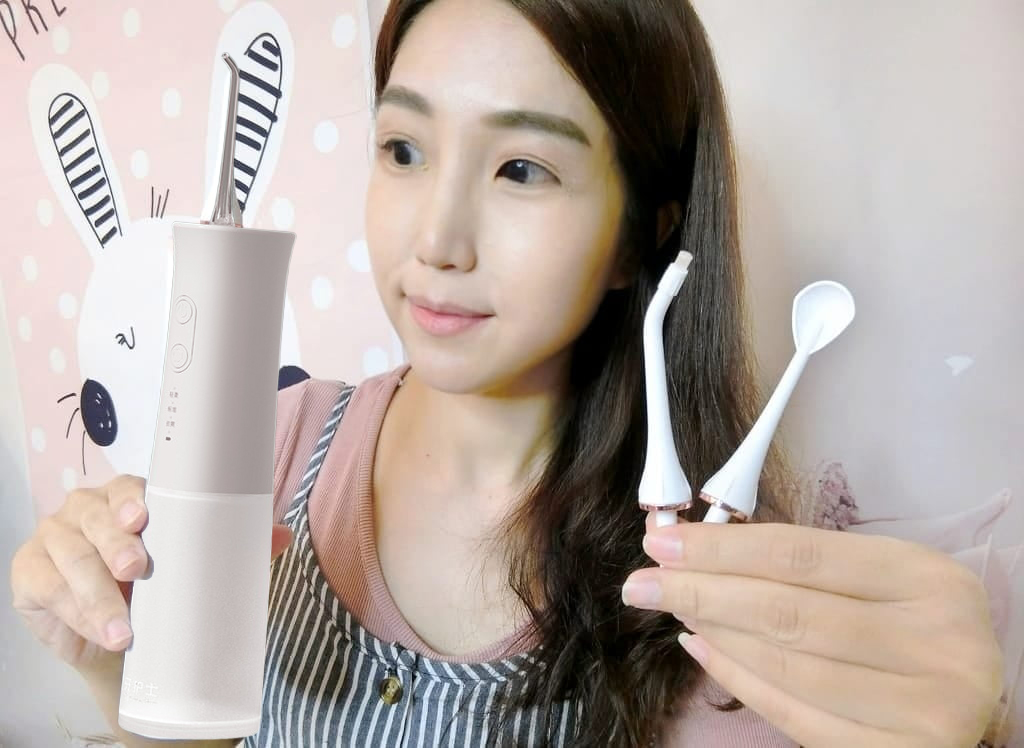
What to look out for before buying
The following applies to oral irrigators: the prices fluctuate just as the qualitative differences. Expensive models from 100 euros are usually characterized by their large range of functions and their impeccable workmanship. If you choose an expensive branded device, you can't go wrong. Conversely, however, this does not mean that there are no inexpensive devices that convince with a similarly good cleaning result. Whether cheap or expensive - oral irrigators differ fundamentally by seven criteria:
Mobile vs. stationary
All oral irrigators have a water tank. With regard to the tank, the devices can be divided into two different categories: oral irrigators with a stationary water tank and oral irrigators with an integrated water tank. Stationary oral irrigators are characterized by their quite large, standing tank and their integrated hose that connects the water tank with the handpiece. The advantage is that the handpiece is very light and easy to use. Mobile oral irrigators with an integrated water tank are usually much heavier, which makes them less convenient to use. On the other hand, they are perfect for on the go, so that you don't have to do without them when traveling.
Tank size
Water tanks of an oral irrigator can be distinguished from one another not only with regard to their design, but also with regard to their volume. Depending on the size, the maximum flushing time is 15 to 60 seconds. Mobile devices usually hold 100-150 milliliters, whereas stationary models can be filled with up to 600 milliliters. If the tank is empty, the cleaning process must be interrupted. Only the tank of stationary models is sufficient for a complete cleaning.
Operating modes
Most irrigators have several operating modes so that they can be easily adapted to your personal needs. In addition to the classic rinsing function, which is primarily used to clean the interdental spaces, a large number of additional programs. Massage, bubble and pulse jet functions are possible. Depending on the modes, the blood flow to the gums and the oxygen supply in the gum pockets is promoted. If you suffer from sensitive gums or gums that are prone to bleeding, such modes usually prove to be very helpful.
Adjustability of the water pressure
Devices with low water pressure usually clean inefficiently. If it is too high, it can irritate the gums. The level and controllability of the water pressure is therefore one of the most important purchase criteria. In addition to maximum water pressure, a good oral irrigator should also offer the possibility of regulation so that the device can also be adapted to the needs of particularly sensitive people. Two to three operating settings (“gentle”, “medium”, “hard”) are standard and should not be missing. Very high-quality premium models can even be regulated up to 10 times. For most users, an average water pressure of a maximum of 5 bar is sufficient, which corresponds to level 7 for a device with 10 levels. Sensitive people already perceive this as too strong,
Pump vs. double pump
Some oral irrigators offer an additional bubble function. Before the water leaves the tank, it is enriched with oxygen using a second pump. The result: many small air bubbles that are particularly suitable for removing plaque. Another advantage is that the oxygen deprives the bacteria in the tooth pocket area of their livelihood.
Furnishing
Oral irrigators are similar to electric toothbrushes in that their attachment should be replaced every three to six months. Depending on the manufacturer, up to five euros must be invested per attachment. Most oral irrigators are already equipped with several attachments, so that the device can be used for a long time without having to buy again. Alternatively, you can share the irrigator with your partner or family. The more expensive the device, the more extensive the equipment. Premium models usually have four to seven attachments. Depending on the model and manufacturer, the range can include various rinsing heads as well as subgingival nozzles, toothbrush heads and massage attachments. If you travel regularly, you should also make sure to choose a model with a travel case or bag.
Optional use with mouthwash
Experts recommend adding a little mouthwash to the water used for rinsing. Bacteria can be eliminated more easily and leftover food and receipts can be removed more quickly. A good idea - if it weren't for the fact that some devices cannot be used with mouthwash, it will damage it. Whether the respective oral irrigator is suitable for use with mouthwash can be read from the manufacturer's information and the instructions for use.
Which functions are useful?
Oral irrigators traditionally serve exclusively to clean the spaces between the teeth. Functions such as pulse jet, massage and micro-air bubbles can therefore confidently be viewed as a luxury. Solid devices with few functions can be purchased from around 40 euros without having to forego thorough, flawless cleaning of the interdental spaces.
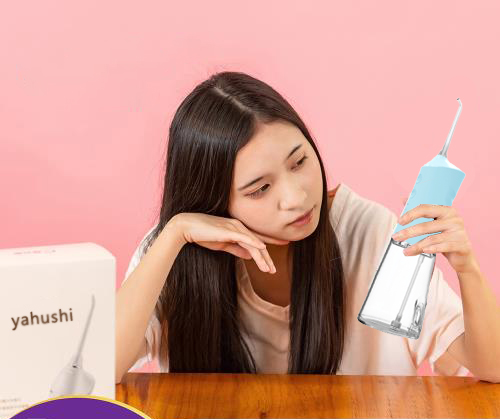
If you place little value on different modes and attachments, you can get a good oral irrigator for little money. Another inexpensive option: oral irrigators without a tank, which are available for as little as 20 euros. These devices do not offer any technical setting options and no additional functions. The irrigator is connected directly to the tap using a hose. However, these devices only make sense if the pipes offer sufficient water pressure. If the water pressure is too low, this type of oral irrigator is almost useless, as the water pressure is regulated via the tap. In fact, almost exclusively people with particularly sensitive gums benefit from more expensive models that offer a large selection of different modes and attachments. For example, regular use of the massage function can promote blood circulation and improve the strength of the gums. If you want to do something good for your health, you are welcome to dig a little deeper into your pocket here.
Mobile vs. stationary oral irrigator - advantages and disadvantages
We have already explained the difference between a mobile and a stationary oral irrigator in one of the previous sections. Apart from that, however, there is another criterion that distinguishes oral irrigators from one another. Mobile oral irrigators that get by without cables and are equipped with a rechargeable battery are not entirely suitable for on the go. Those who travel a lot should choose a special travel shower. A travel oral shower is primarily characterized by its very small size and low weight. Mouth irrigators for travel are mostly in the low-price segment, as they are very easy to use. In addition, many travel oral showers are not operated with a rechargeable battery, but with a battery. Since they are very small, they can be stowed well in hand luggage and are always close at hand. The pressure levels can usually only be adjusted slightly and are no comparison to stationary oral irrigators or those equipped with a powerful battery. If you travel a lot and are looking for an inexpensive, practical solution for on the go, a travel oral irrigator is definitely recommended. However, such devices cannot be regarded as a real replacement for a stationary or mobile oral irrigator with a rechargeable battery.
Where can I buy oral irrigators?
Much like electric toothbrushes, oral irrigators can be bought both in local specialist shops and online. The devices can often be found in large electronics stores. The devices are usually offered cheaper online. Another advantage is that many different models can be compared with one another in peace. The selection in the store, however, is usually very manageable. Personal advice is lacking, but it can help to look at the reviews of other users or to trust the judgment of various test institutes.
As a professional manufacturer of electric toothbrush and oral irrigator / water flosser, Shenzhen Relish provides various types of electric toothbrush wholesale and OEM customized services. You can also wholesale water flosser from Relish at factory price. We can provide you highly competitive prices and look forward to working with you.

- All comments(0)

 日本語
日本語 Español
Español Deutsch
Deutsch 中文
中文